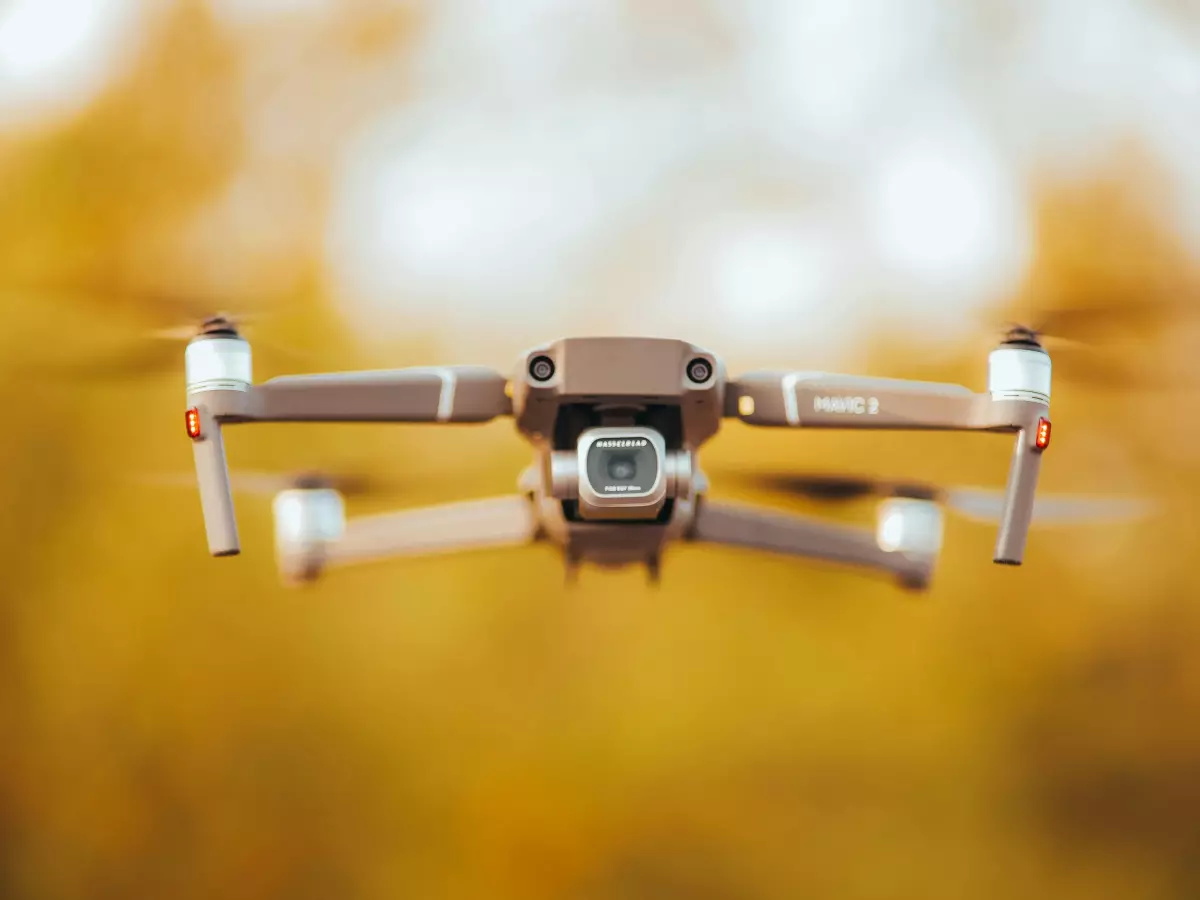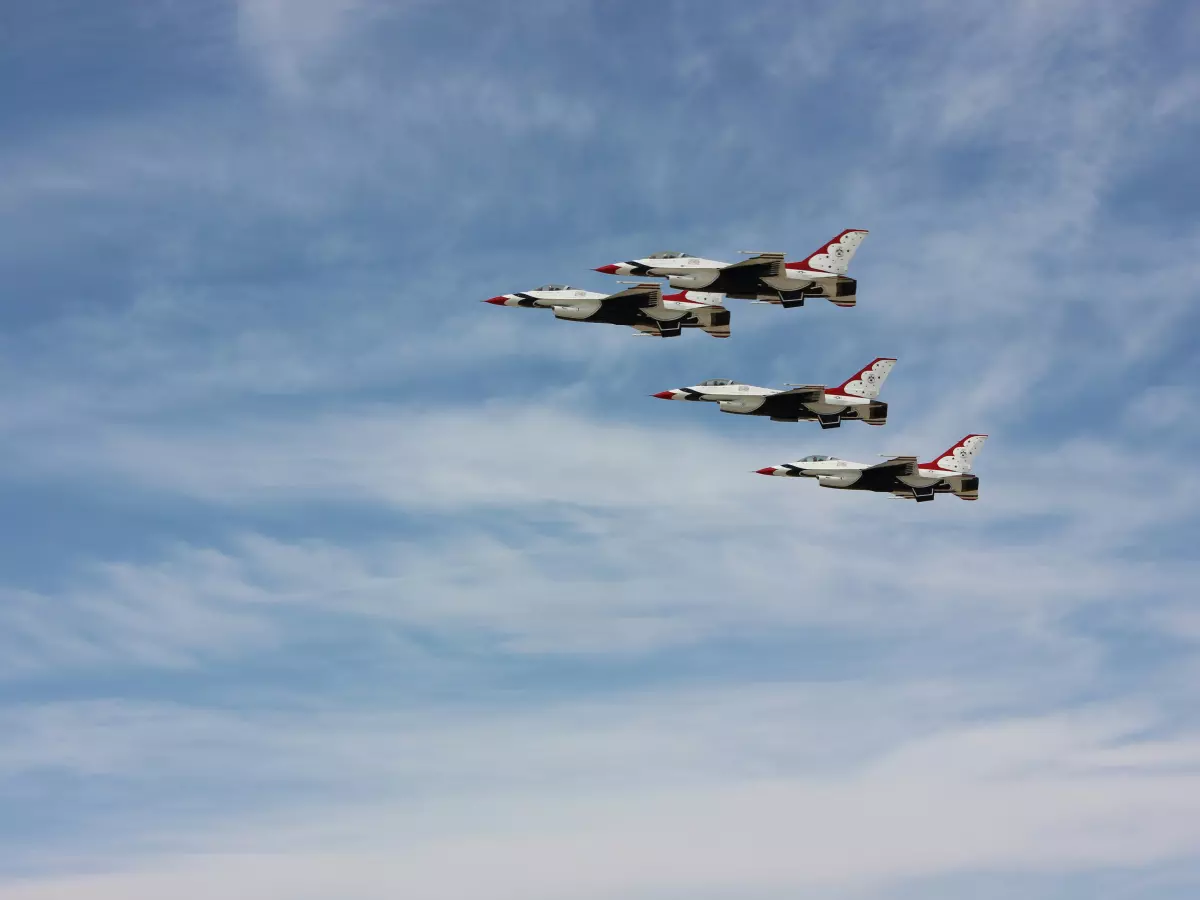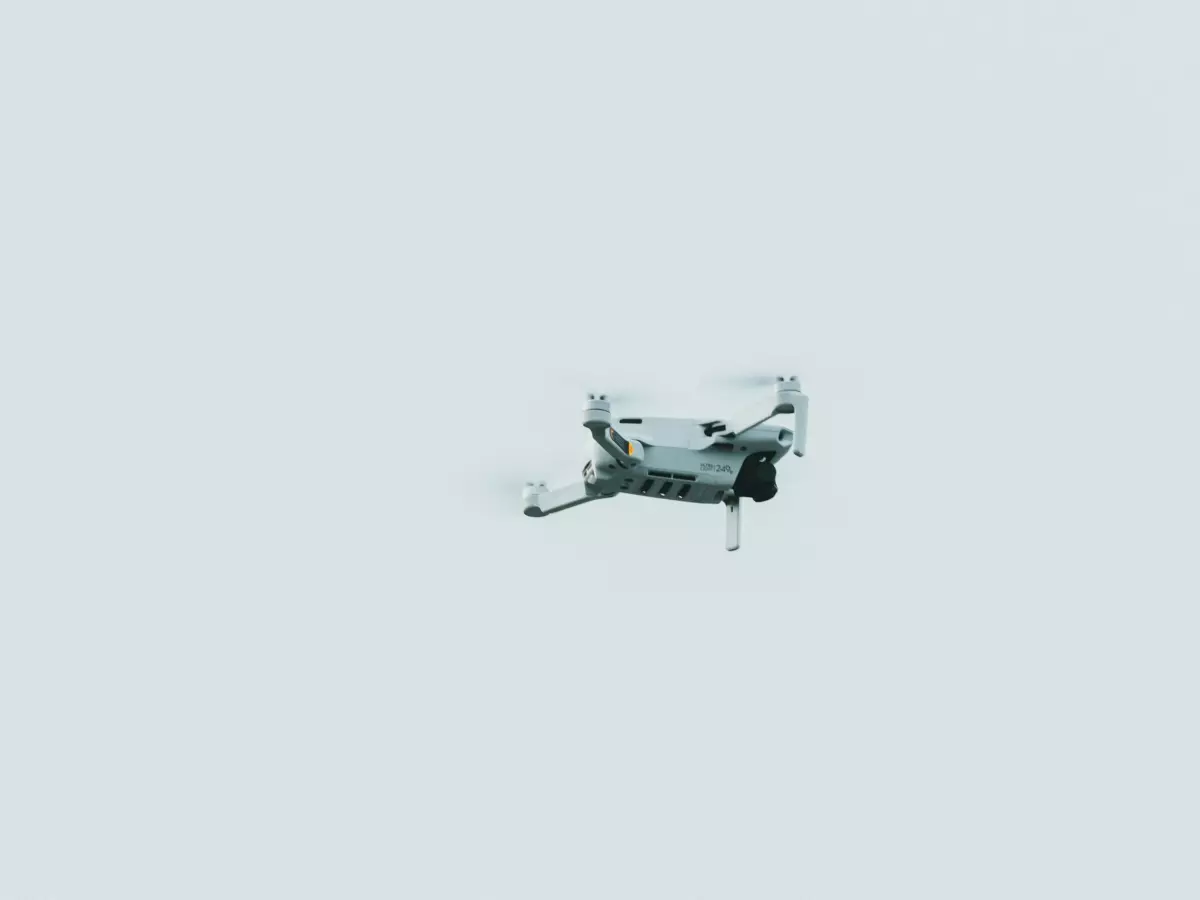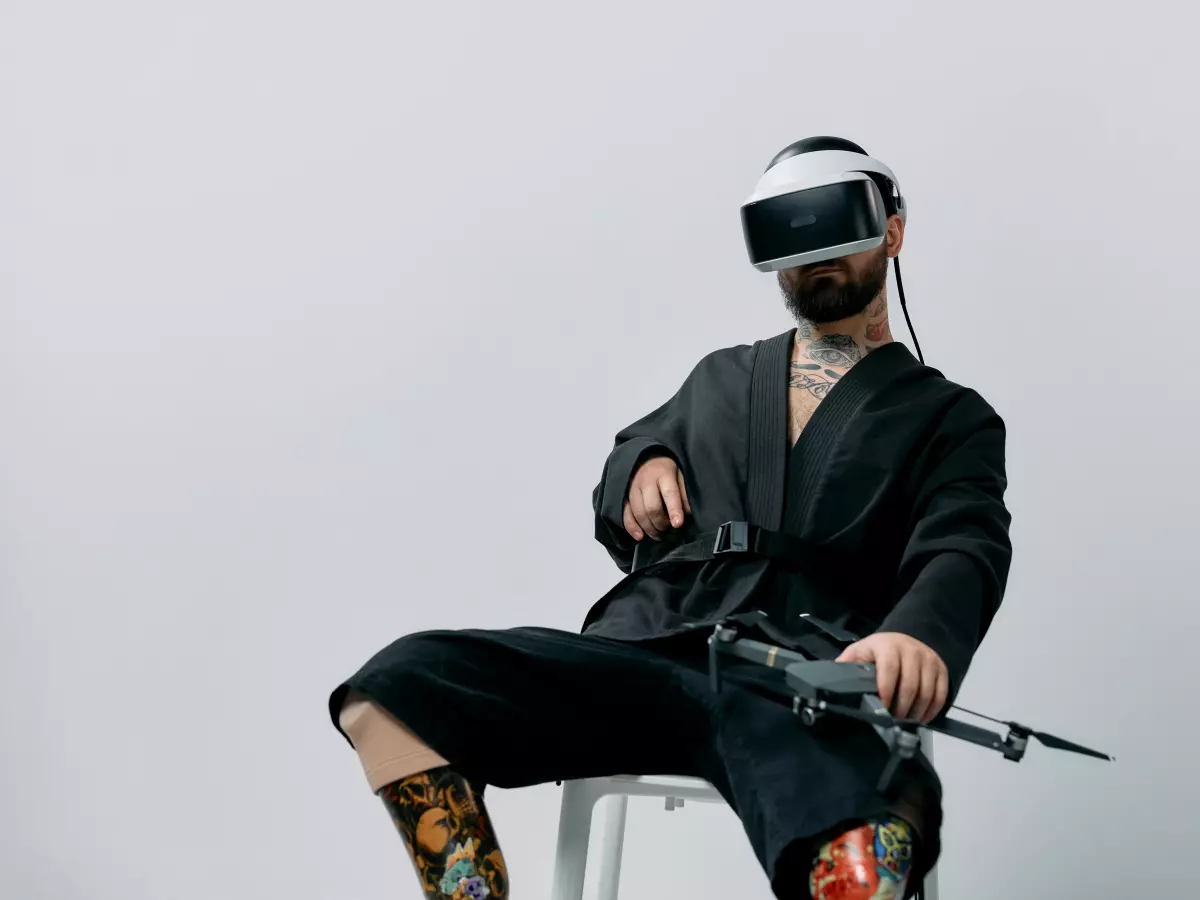Drone Navigation Mastery
Drones are flying marvels, but their true magic lies in something less visible: the way they 'see' the world. And no, it’s not just about cameras.

By Nina Schmidt
When we think about drones, we often picture sleek flying machines zipping through the air, capturing stunning aerial shots or delivering packages. But what really makes a drone tick? What allows it to fly with such precision, avoid obstacles, and even navigate autonomously? The answer lies in a complex dance between flight control software and sensor fusion.
Flight control software is the brain of the drone, responsible for interpreting data and making real-time decisions. But without the right inputs, even the smartest software is flying blind. That’s where sensor fusion comes in. It’s the process of combining data from multiple sensors—like GPS, accelerometers, gyroscopes, and cameras—to create a cohesive understanding of the drone’s environment. Together, these systems enable drones to fly with a level of precision that would make even a fighter pilot jealous.
Flight Control Software: The Brain of the Drone
At the heart of every drone is its flight control software. This software is responsible for stabilizing the drone, controlling its altitude, and managing its speed. It’s like the autopilot system in an airplane, but on steroids. Drones need to make thousands of calculations every second to stay airborne, and the flight control software is what makes that possible.
But here’s the kicker: flight control software can’t do it alone. It needs input from a variety of sensors to understand the drone’s position, speed, and orientation. Without this data, the software would be flying blind—literally. That’s where sensor fusion comes in.
Sensor Fusion: The Eyes and Ears
Think of sensor fusion as the drone’s ability to 'see' and 'hear' the world around it. By combining data from multiple sensors, the drone can create a more accurate picture of its environment. For example, GPS provides location data, accelerometers measure acceleration, and gyroscopes track orientation. But each of these sensors has its limitations. GPS can be inaccurate in urban environments, accelerometers can drift over time, and gyroscopes can be affected by vibrations.
By fusing data from all these sensors, the drone can compensate for the weaknesses of individual sensors and create a more reliable understanding of its surroundings. This is crucial for tasks like obstacle avoidance, where the drone needs to know exactly where it is in relation to objects around it. Without sensor fusion, drones would be far less capable of navigating complex environments.
Autonomy: The Future of Drone Navigation
As drones become more autonomous, the role of sensor fusion becomes even more critical. Autonomous drones need to make decisions on their own, without human input. This requires a deep understanding of the environment, which can only be achieved through sensor fusion. By combining data from multiple sensors, autonomous drones can navigate complex environments, avoid obstacles, and even make decisions about where to fly next.
But autonomy isn’t just about avoiding obstacles. It’s also about optimizing flight paths, conserving battery life, and ensuring that the drone completes its mission as efficiently as possible. Sensor fusion allows drones to do all of this by providing the flight control software with the data it needs to make smart decisions.
The Challenges of Sensor Fusion
Of course, sensor fusion isn’t without its challenges. One of the biggest issues is dealing with conflicting data from different sensors. For example, if the GPS says the drone is in one location, but the accelerometer data suggests it’s somewhere else, the flight control software needs to figure out which sensor to trust. This requires sophisticated algorithms that can weigh the reliability of each sensor and make real-time decisions about which data to use.
Another challenge is dealing with sensor noise. All sensors produce some level of noise—random fluctuations in the data that can make it harder to get an accurate reading. Sensor fusion algorithms need to filter out this noise to ensure that the drone is making decisions based on accurate data.
Looking Back to Look Forward
It’s fascinating to think about how far we’ve come in such a short time. Just a few decades ago, the idea of a fully autonomous flying machine would have seemed like science fiction. But thanks to advances in flight control software and sensor fusion, drones are now capable of feats that would have been unimaginable just a few years ago.
In many ways, the development of drone technology mirrors the evolution of other forms of transportation. Just as early airplanes relied on human pilots to make split-second decisions, early drones required constant human input to stay airborne. But as technology has advanced, we’ve seen a shift toward greater autonomy, with drones now capable of making their own decisions in real-time.
As we look to the future, it’s clear that sensor fusion will continue to play a critical role in the development of autonomous drones. Whether it’s delivering packages, conducting search and rescue missions, or exploring remote environments, drones will rely on sensor fusion to navigate the world around them. And who knows? Maybe one day, we’ll look back on today’s drones the same way we look at the Wright brothers’ first airplane—as the humble beginnings of something truly revolutionary.





